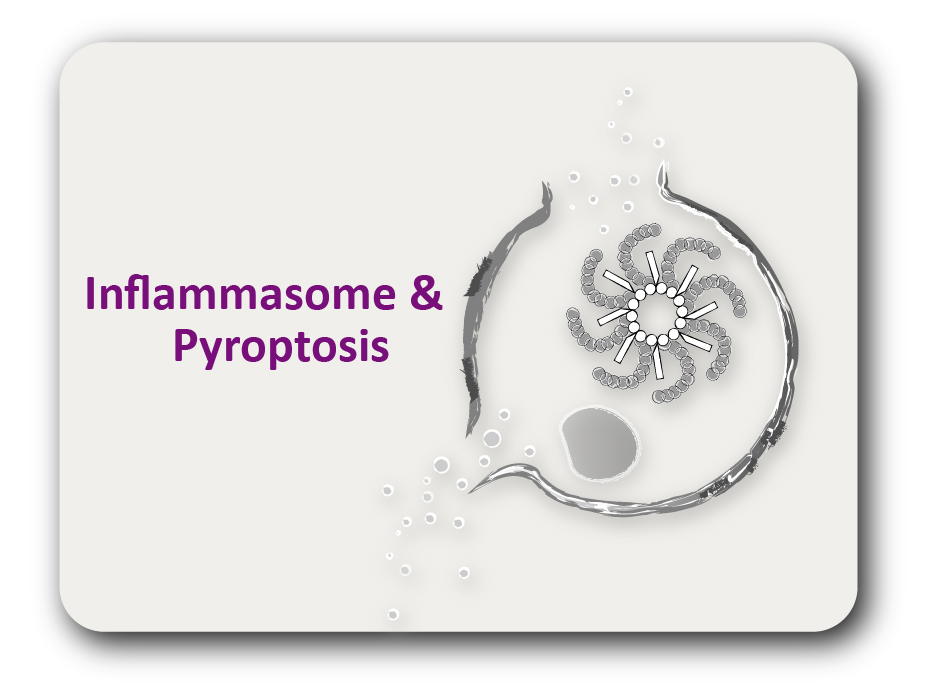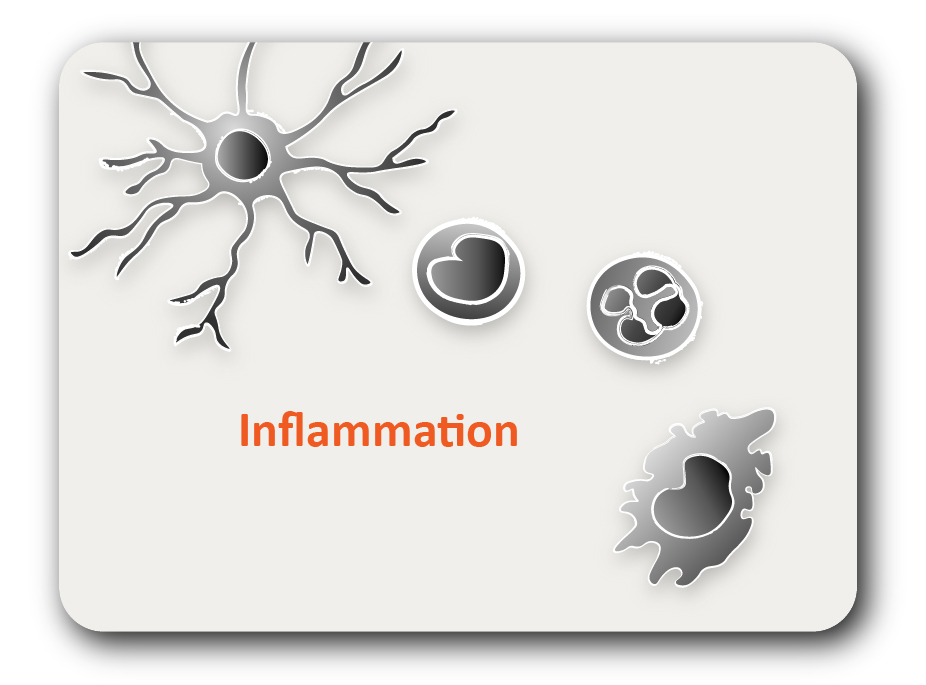ARG54219
anti-CD138 / Syndecan 1 antibody [B-A38] (PE)
anti-CD138 / Syndecan 1 antibody [B-A38] (PE) for Flow cytometry and Human
Cancer antibody; Developmental Biology antibody; Metabolism antibody; Neuroscience antibody; Signaling Transduction antibody
概述
| 产品描述 | PE-conjugated Mouse Monoclonal antibody [B-A38] recognizes CD138 / Syndecan 1 |
|---|---|
| 反应物种 | Hu |
| 应用 | FACS |
| 特异性 | The antibody BA38 recognizes CD138 (syndecan 1), a heparan sulfate proteoglycan protein expressed mainly in the epidermis and plasma cells, but also in growth factorstimulated lymphocytes. The MWs of the glycosylated CD138 were variety, and MW of the non-glycosylated core protein (dimmer form) was around 60-80 kda. |
| 宿主 | Mouse |
| 克隆 | Monoclonal |
| 克隆号 | B-A38 |
| 同位型 | IgG1 |
| 靶点名称 | CD138 / Syndecan 1 |
| 抗原物种 | Human |
| 抗原 | U266 human peripheral blood myeloma cell line |
| 偶联标记 | PE |
| 別名 | CD antigen CD138; syndecan; CD138; SDC; Syndecan-1; SYND1 |
应用说明
| 应用建议 |
|
||||
|---|---|---|---|---|---|
| 应用说明 | * The dilutions indicate recommended starting dilutions and the optimal dilutions or concentrations should be determined by the scientist. |
属性
| 形式 | Liquid |
|---|---|
| 纯化说明 | The purified antibody is conjugated with R-Phycoerythrin (PE) under optimum conditions. The conjugate is purified by size-exclusion chromatography and adjusted for direct use. No reconstitution is necessary. |
| 缓冲液 | PBS, 15 mM Sodium azide and 0.2% (w/v) high-grade protease free BSA |
| 抗菌剂 | 15 mM Sodium azide |
| 稳定剂 | 0.2% (w/v) high-grade protease free BSA |
| 存放说明 | Aliquot and store in the dark at 2-8°C. Keep protected from prolonged exposure to light. Avoid repeated freeze/thaw cycles. Suggest spin the vial prior to opening. The antibody solution should be gently mixed before use. |
| 注意事项 | For laboratory research only, not for drug, diagnostic or other use. |
生物信息
| 数据库连接 | |
|---|---|
| 基因名称 | SDC1 |
| 全名 | syndecan 1 |
| 背景介绍 | CD138 (syndecan 1) is a transmembrane proteoglycan that can bind a variety of cytokines and modulate their activity, as well as the activity of extracellular matrix components and influence many developmental processes. CD138 is expressed mainly in differentiating keratinocytes and is transiently upregulated in all layers of the epidermis upon tissue injury. It is also highly expressed on plasma cells and can be detected even on fibroblasts, vascular smooth muscle cells and endothelial cells. Up-regulation and down-regulation of CD138 on the cell surface often correlates with the gain of cancerous characteristics. Serum levels of the shedded soluble sCD138 are used as a prognostic factor of cancerogenesis. |
| 生物功能 | Cell surface proteoglycan that bears both heparan sulfate and chondroitin sulfate and that links the cytoskeleton to the interstitial matrix. [UniProt] |
| 研究领域 | Cancer antibody; Developmental Biology antibody; Metabolism antibody; Neuroscience antibody; Signaling Transduction antibody |
| 预测分子量 | 32 kDa |
| 翻译后修饰 | Shedding is enhanced by a number of factors such as heparanase, thrombin or EGF. Also by stress and wound healing. PMA-mediated shedding is inhibited by TIMP3. |
克隆号文献







